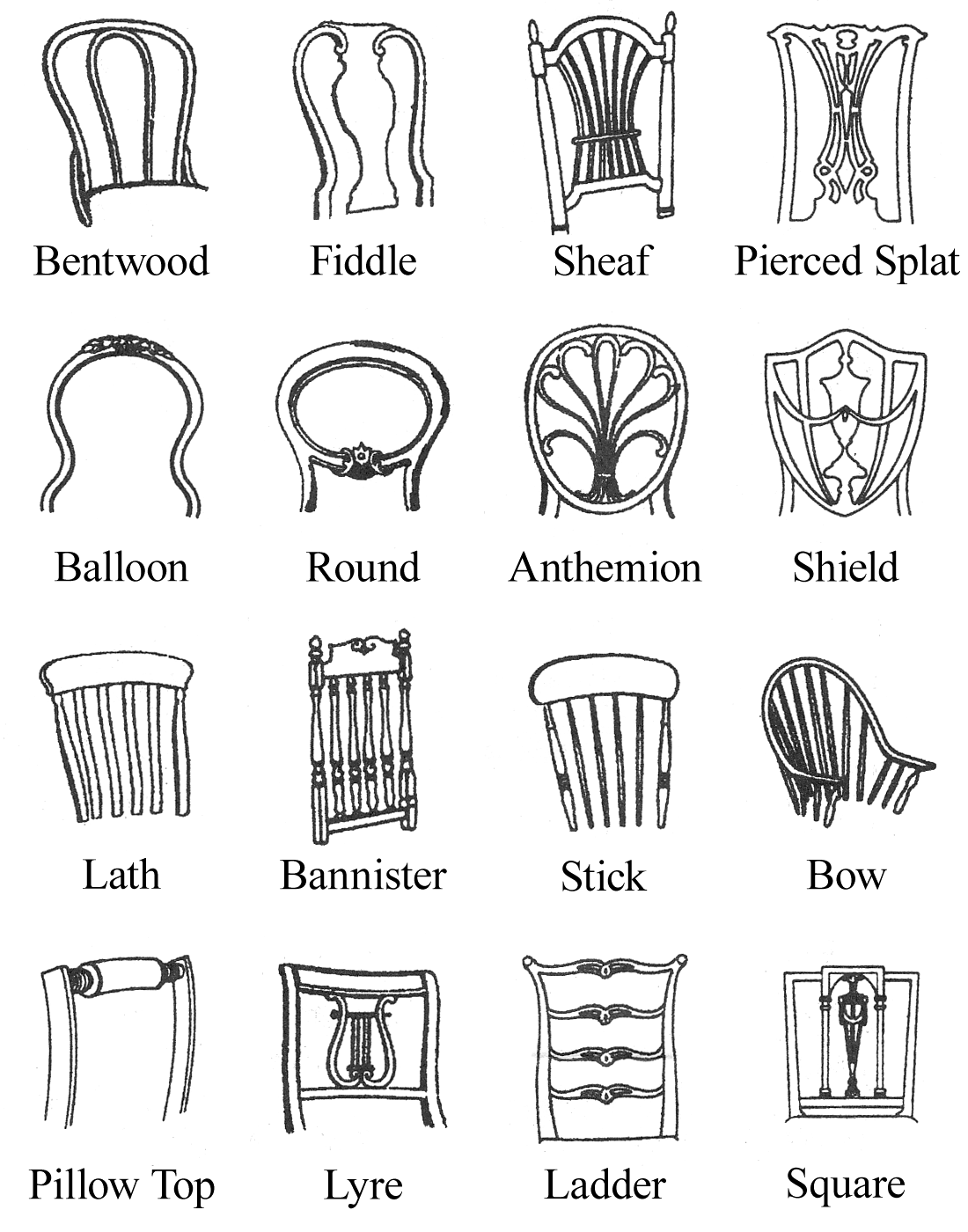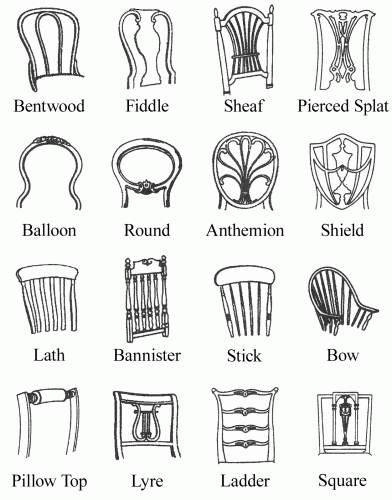Tested has another great episode of their talk show where Adam Savage, Will Smith and Norm Chan discuss building an inexpensive toolkit for beginner makers. By “maker”, they mean someone doing small-scale fabrication of wood, various metals and plastics, some fabric and leather, model-making, and a bit of electronics, so really, it’s great advice for beginning prop makers as well. You can either watch a video or listen to a podcast of the show, which runs about 41 minutes long. They have also written down the list of tools they suggest, though it’s a good idea to listen to the show because they talk about how to buy tools and why you should get certain tools as well.
In case you missed it, I came across The Painters Journal, a publication about scenic art that ran from 2003-2010. All 22 issues are available online to read. Scenic art deals with paints, coatings, texture and sometimes even sculpting, so many of the articles are invaluable to props people as well.
Make Magazine has posted ten tips for using a circular saw. They’re all pretty good, though I would add that hearing protection should be worn too, as circ saws are almost always loud little beasts. A dust mask is usually a good idea as well.
I liked this recent article about Nick Ruiz, a theatre carpenter in the San Jose area. It’s simple and probably familiar to a lot of us in the industry, but stories like this are so rarely written.
And just a reminder that you have less than a month to enter the Prop Building Guidebook Contest! Surely you have a photograph of a prop you’ve built, and who doesn’t want a grab-bag of prop making supplies? The entries I’ve received so far look fantastic, so thanks to everyone who has already submitted.


